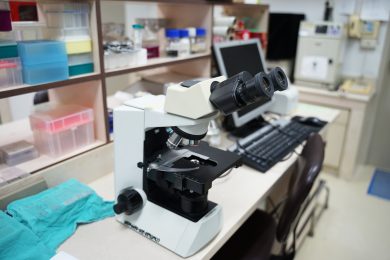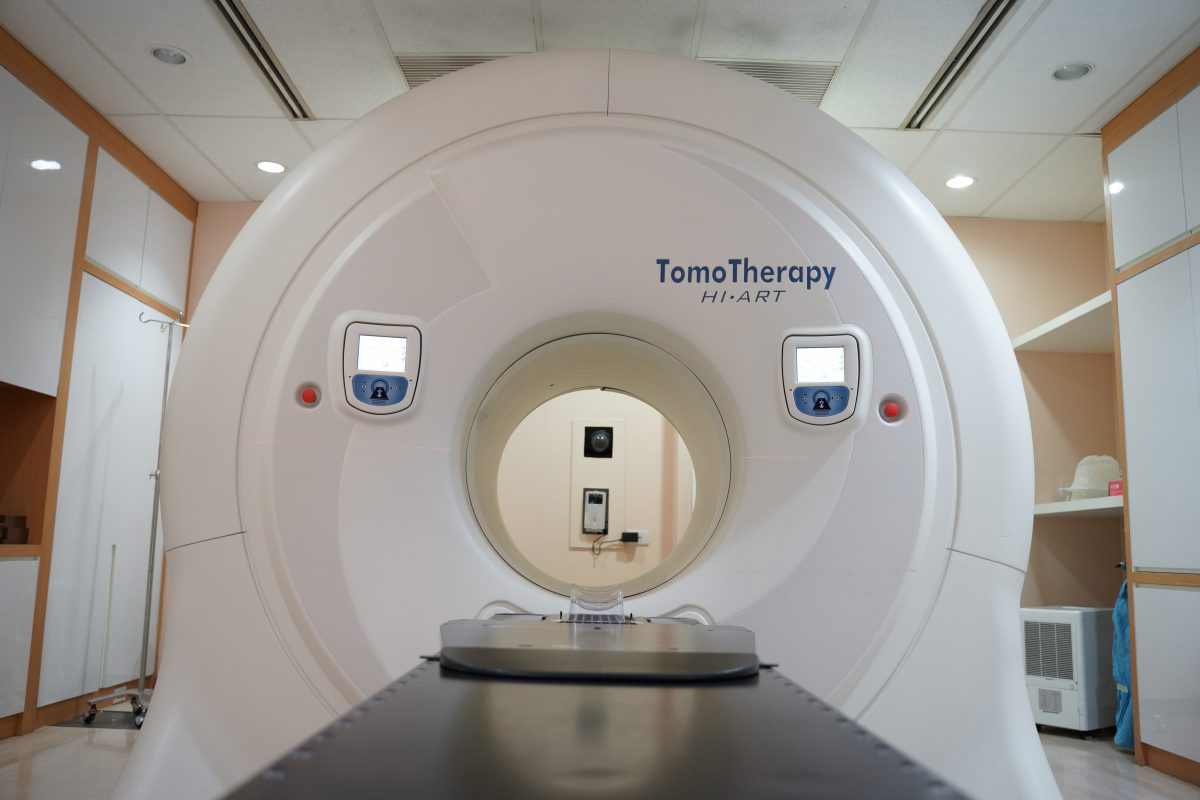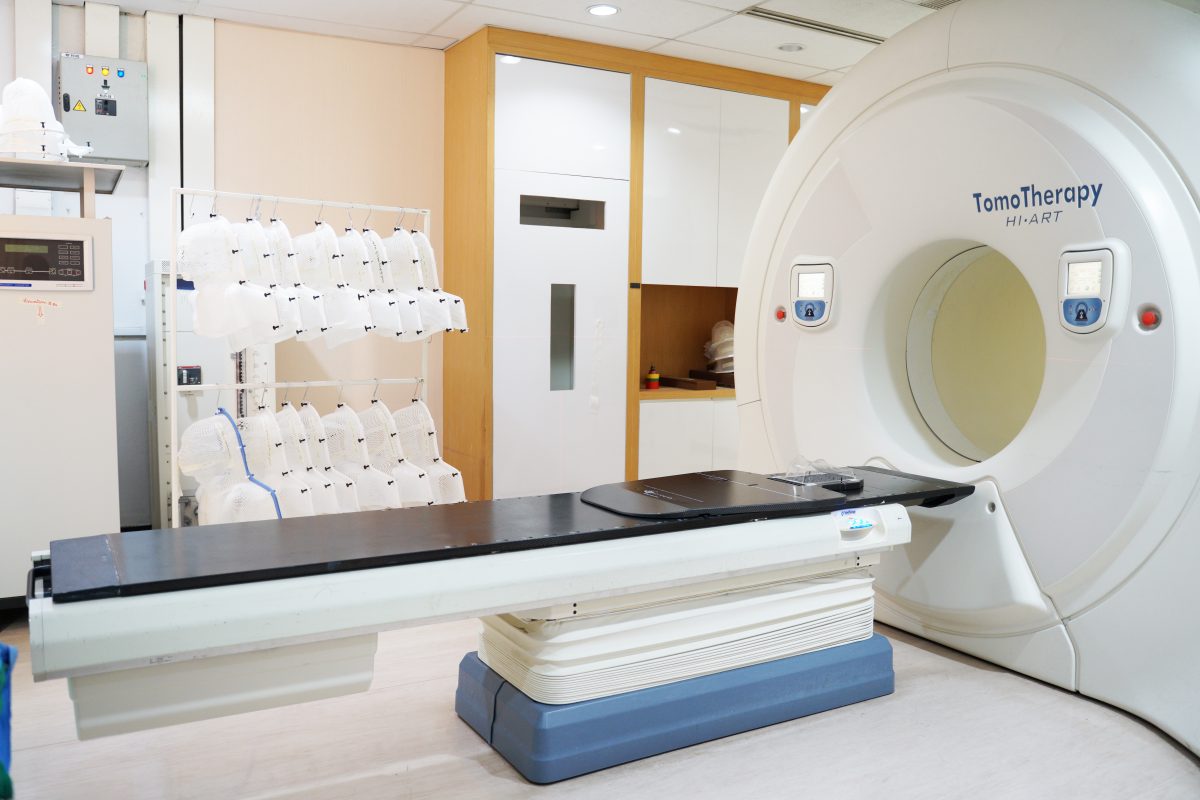
Cancer treatment in Northern Thailand
Sad to say, but it is these days thought that with generally longer human lifespans, a higher proportion of the population will undergo some form of the dreaded disease of cancer at some point. For example, I have heard it said that of men living to age 80 and beyond, about 80% of them are likely to contract prostate cancer, though that will not necessarily be the cause of their demise (they may die naturally of old age, or something else, before that cancer does its worst). This article reminds readers of what they can do to reduce the chances of contracting
Here are some pointers on that:
– Give up smoking tobacco products
– Never use a
– Avoid exposure to strong sunlight (especially important to light-skinned people and children), or at least wear covering clothing and a hat, plus sunscreen, when out in the hot sunshine
– Have an annual medical check-up, to look out for any early signs of skin cancer or other cancers
– Avoid junk food
– Avoid alcohol products
– Have a well-balanced diet, with plenty of fruit and vegetables
– Take regular exercise.

The probability of getting cancer increases when several of these risk factors are present at the same time. Such as a youngster smoking, drinking alcohol and eating junk food while sunbathing at the beach or by a swimming pool on a hot day. In case you do contract cancer, early treatment is the most effective in combating the disease; that’s why early detection is so vitally important. For example, if you have a blemish or mark on your skin, which appears to enlarge, then you’d better have it checked out by a doctor early on. It could be a warning sign that, if left untreated,
The most common types of cancer are:
– Breast cancer
– Cancers of the liver and bile duct
– Lung cancer
– Cervix cancer
– Cancers of the head and neck
– Colorectal cancer.

So, if you are diagnosed with a cancer, what are your treatment options?
The biggest cluster of hospitals in Northern Thailand are Chiang Mai University’s teaching hospitals at their Faculty of Medicine. It has 24 operating theatres. The Chaing Mai University Medical Centre, sometimes called Suandok Hospital, is an important part of this massive set-up. Taken all together, these hospitals offer 1,400 in-patient beds; and help some 680,000 out-patients per year. Patients are often referred to these hospitals, as a centre of medical excellence – the largest here in the North – from other, smaller hospitals in Northern Thailand.
In all cases where cancer is diagnosed the patients are referred to the Division of Radiation Therapy, Radiology Department of the Maharaj Nakorn Chiang Mai Hospital, which is housed in the basement of their Sujinno Building on Suthep Road in downtown Chiang Mai. This centre treats about 2,000 cancer patients every year. In addition, the Faculty of Medicine has a special ward, where children who are unfortunate enough to contract cancer can be helped. That’s located at the 6th floor of their Sujinno building. The most appropriate treatment for each case, of course, depends largely on how far developed the newly-detected cancer is in the patient’s body, as well as the patient’s age and pre-existing general health condition.

But generally speaking, the treatment options include:
– chemotherapy to destroy the cancer cells
– surgery, to cut out the cancer
– using radiation to destroy
1. External Beam Radiation
2. Brachytherapy
– Administration of radiation therapy by placing radioactive sources adjacent to or into tumours or body cavities.
– A high radiation dose can be delivered locally to the tumour with rapid dose fall off in the surrounding normal tissues.
The major functions of radiation therapy are to cure cancer by destroying tumours that have not spread and/or by killing residual microscopic disease left after surgery or
– Additional objectives aim in shrinking tumours is to positively affect the quality of life (e.g. reducing in size a lung tumour causing shortness of breath) and/or to alleviate pain or neurologic symptoms by reducing the size of a tumour
# a combination of the above
# and/or palliative care, when the end becomes closer.
Of the 2,000 patients treated for cancer at this centre each year, some eventually manage to fully recover, as their cancer goes into remission. However, careful watchfulness is necessary for the rest of the lives of these lucky ones, against the possibility of their cancer recurring, or spreading to other parts of their body. This brings us to the stark realisation that, once a cancer has spread to other parts of the body, from the place where it started, then the prognosis is unfortunately far less sanguine.


It seems that the incidence of cancer in the general population is increasing, possibly because people are, thankfully, these days living for longer. Cancer can, and regrettably does, strike at any age: even young children can be diagnosed with a cancer. But a large proportion of newly-diagnosed cancer cases occur in those aged over 50. So, if you are worried about contracting cancer (and who isn’t?) then you can follow the tips listed above on steps that you can take to minimise your risk, and be ever watchful for any bodily abnormalities – which should be investigated at an early stage.
Special equipment used there includes: Image Guided Radiation Therapy (IGRT) Now we use the image to check the position of patient before starting radiation treatment. This procedure will get more accurate and doctor will check every day. New treatments available there include: Intensity Modulated Radiation Therapy (IMRT). We can avoid the normal organ receiving a high dose of radiation, and the patient has reduced complications from radiation. This article has been prepared with help from Chiang Mai University’s Faculty of Medicine. Their provision of photographs to accompany this article is acknowledged.



